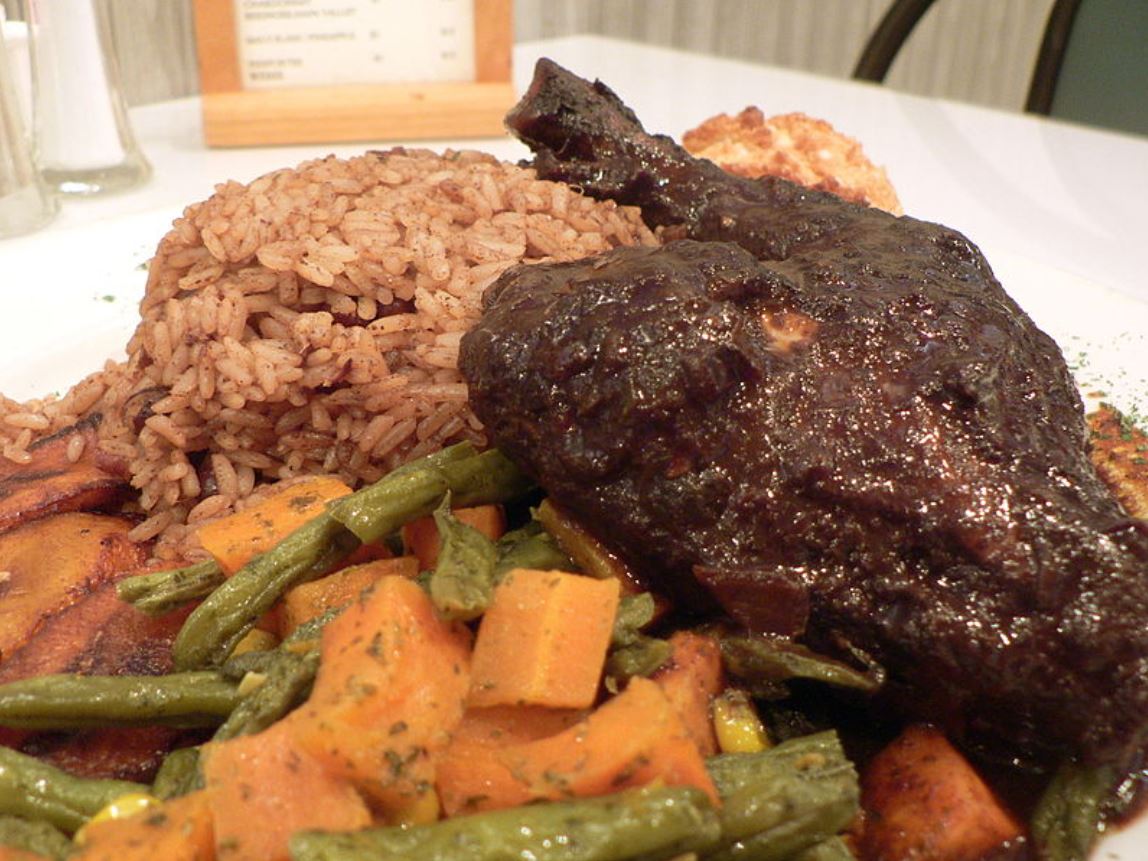How Much Is Food in Jamaica
When visiting a foreign country, one of the most important things to consider is the cost of food. Jamaica is a beautiful Caribbean island with an abundance of delicious cuisine. While enjoying all that Jamaica has to offer, it can be helpful to know how much you can expect to pay for meals in the country. In this article, we will explore the cost of food in Jamaica, including prices for groceries and eating out at restaurants.
Introduction: Food in Jamaica
Jamaica is renowned for its delicious cuisine and vibrant culture. This Caribbean country is home to a variety of dishes that reflect the diverse heritage of its people. From jerk chicken to ackee and saltfish, it’s no wonder why Jamaican food has become so popular around the world. But how much does it cost to eat in Jamaica? This article will explore the prices of food in Jamaica, as well as some of the best local dishes that you can sample while visiting this beautiful island nation. Fresh fruit and vegetables are readily available throughout Jamaica at a reasonable cost. Everything from bananas too sweet potatoes can be found in abundance at most markets, while seafood like lobster or fish can also be purchased for a good price.
Traditional Dishes
Jamaica is home to a variety of traditional dishes, many of which are cooked in different ways. Ackee and saltfish are one of Jamaica's most well-known dishes; it consists of salted codfish and the national fruit, ackee, sautéed together with onions, tomatoes, spices, and herbs. This savoury dish can be enjoyed as a breakfast meal or paired with boiled green bananas, yams, or dumplings for lunch or dinner. Another traditional dish commonly served in Jamaica is jerk chicken. It features marinated chicken that has been rubbed with jerk seasoning and grilled over a slow fire. The result is succulent meat that has been infused with aromatic flavors like thyme, allspice, and Scotch bonnet peppers. Jerk chicken can be eaten alone as an entree or served alongside rice and peas for a complete meal.

Regional Dishes
Jamaica is well known for its flavorful and diverse cuisine. Regional dishes vary significantly throughout the country, with each region having a unique culinary style of its own. The eastern part of Jamaica has dishes heavily influenced by Spanish-style cooking, including rice and beans with pork, goat curry, and ropa vieja (shredded beef). The northern region is known for serving Jamaican jerk chicken – slow-cooked over an open flame to create a smoky flavor. Soups such as callaloo soup made from dasheen leaf are also popular in this area. In the south of Jamaica, you'll find fried plantain served with boiled dumplings or bammy – traditional flatbread made from cassava root flour. Fish and seafood are also a staple here; red snapper cooked in coconut milk is a favorite dish.
Dining Out Costs
Eating out in Jamaica is a great way to enjoy the local cuisine, but it can be pricey. The cost of dining out in Jamaica ranges from moderately expensive to very costly depending on where you choose to eat. For example, a typical meal for two people at a mid-range restaurant will cost between $50 and $100 USD depending on what type of food is ordered. This includes an appetizer, main course, drinks, dessert, and gratuity. If you want more luxurious dining experiences such as those offered by 5-star restaurants or resorts with excellent service and fine cuisine, prices can range from $150 - $250 per person for the same type of meal described above. These costs reflect the high quality of ingredients used in the dishes as well as the expert preparation methods employed by highly trained chefs.
Grocery Shopping Prices
Grocery shopping prices in Jamaica can vary significantly depending on the type of food and where it is purchased. Prices are generally lower at supermarkets and large stores, while specialty stores tend to be more expensive. When buying groceries, it is important to compare different store prices and look for deals or sales. Produce prices in Jamaica tend to be quite inexpensive compared to other countries due to its lush environment, making it possible for locals to grow a variety of fruits and vegetables in their own backyards. Fruits and vegetables are usually sold by the pound or individually at roadside stands, markets, or supermarkets. Common produce items such as onions, tomatoes, potatoes, bananas, oranges, and limes typically cost between $1-$2 USD per pound. The cost of processed foods like canned goods varies widely among stores but is often much higher than fresh produce prices.
Local Markets and Street Food
Jamaica is a fantastic destination for food lovers, offering travelers plenty of options when it comes to eating out. From traditional local markets and street vendors to high-end restaurants, there’s something to tantalize every taste bud. When it comes to street food, you can pick up delicious Jamaican dishes such as jerk chicken, curried goat, and saltfish fritters at very affordable prices. Local markets are also filled with an abundance of fresh produce, from tropical fruits like bananas and mangoes to spices like allspice and cinnamon. Prices for these items are typically much lower than in supermarkets, making them great value for money. Plus you’ll have the added bonus of experiencing the vibrant atmosphere that Jamaica’s markets provide.
Conclusion:
In conclusion, food in Jamaica is not as expensive as one may think. Prices for basic food items are quite reasonable, with fruits and vegetables being the most affordable of all. Additionally, there are plenty of excellent restaurants and eateries that offer amazing local flavors at reasonable prices. However, imported foods such as canned goods and alcoholic beverages can be quite pricey due to high import taxes. As a whole, food in Jamaica offers great value for money when compared to other Caribbean islands.
